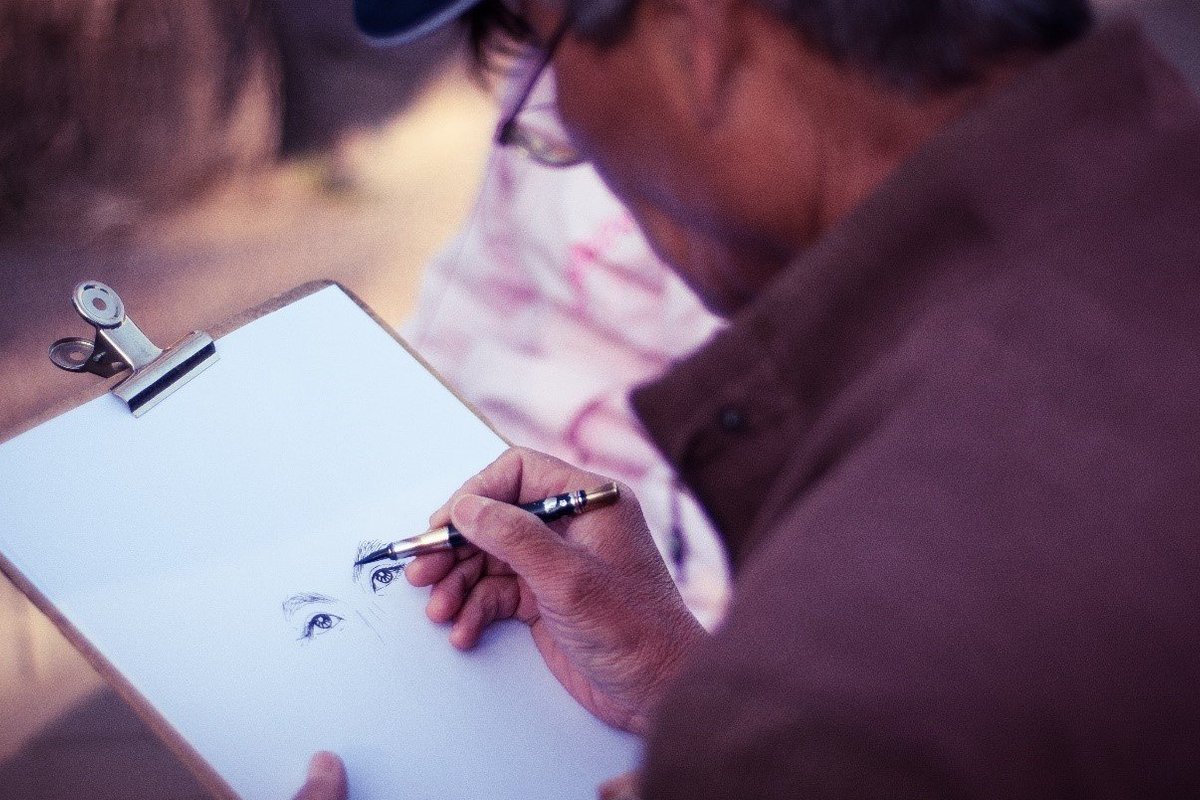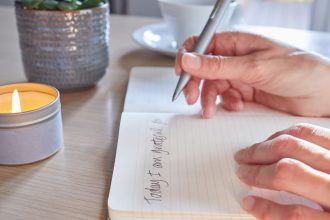Why Drawing is Beneficial
Learning to draw is more than just creating art. It improves focus, enhances observation skills, reduces stress, and boosts creativity. Starting from scratch might feel intimidating, but every expert once began as a beginner. With the right approach, anyone can develop drawing skills and enjoy the process.
1. Gather Basic Supplies
You don’t need expensive tools to begin. A simple sketchbook, a set of pencils (HB, 2B, 4B), and an eraser are enough. Quality paper can help, but it’s not essential at the start.
Tip: Keep all your materials in one place to encourage regular practice.
2. Start with Simple Shapes
All complex drawings begin with basic shapes: circles, squares, triangles. Practicing these improves hand control and builds confidence. Try drawing objects around you by breaking them into simple forms.
Tip: Focus on proportion and alignment before adding details.
3. Practice Daily
Even 10–15 minutes a day makes a huge difference. Consistency strengthens muscle memory, improves line precision, and builds a personal style over time.
Tip: Don’t worry about mistakes—they are part of learning. Every stroke teaches you something.
4. Observe Your Surroundings
Drawing is about seeing, not just copying. Notice shapes, shadows, textures, and perspectives. Observation sharpens your skills and makes your drawings more realistic.
Tip: Keep a small notebook for sketches on the go. Capture everyday objects or scenes.
5. Learn to Shade
Shading adds depth and realism. Start with light strokes and gradually build darker areas. Experiment with different pencil grades and blending techniques.
Tip: Study how light falls on objects in real life to improve your shading skills.
6. Follow Tutorials and References
Online tutorials, books, or videos guide you through techniques and inspire new ideas. References help you understand anatomy, proportions, and perspective.
Tip: Use tutorials as guidance, not as a strict rule. Develop your own style as you progress.
7. Be Patient and Enjoy the Process
Progress may be slow at first, but patience and regular practice are key. Enjoy the journey rather than focusing only on results. Celebrate small victories along the way.
Tip: Keep a folder of your sketches to see how far you’ve come—it motivates and builds confidence.
Conclusion
Starting to draw from scratch is entirely achievable with basic supplies, daily practice, observation, shading, and patience. Remember, even small steps count. The joy of creating and improving is as important as the final artwork. Drawing nurtures creativity, focus, and personal expression—making it a rewarding skill for anyone.








